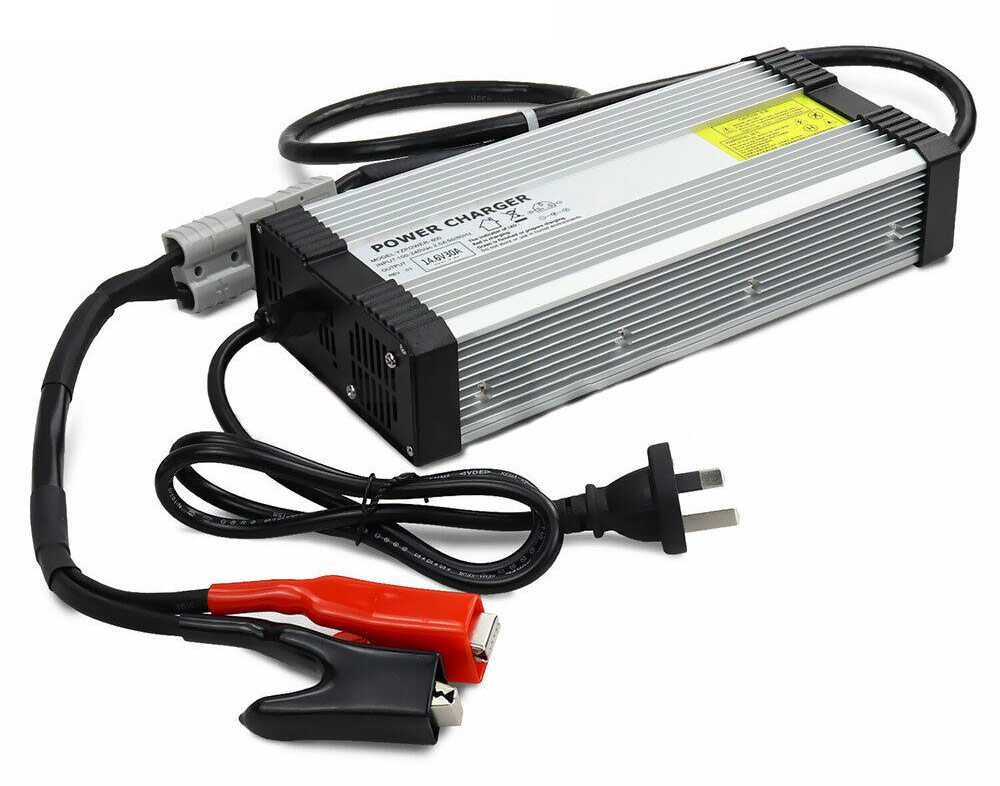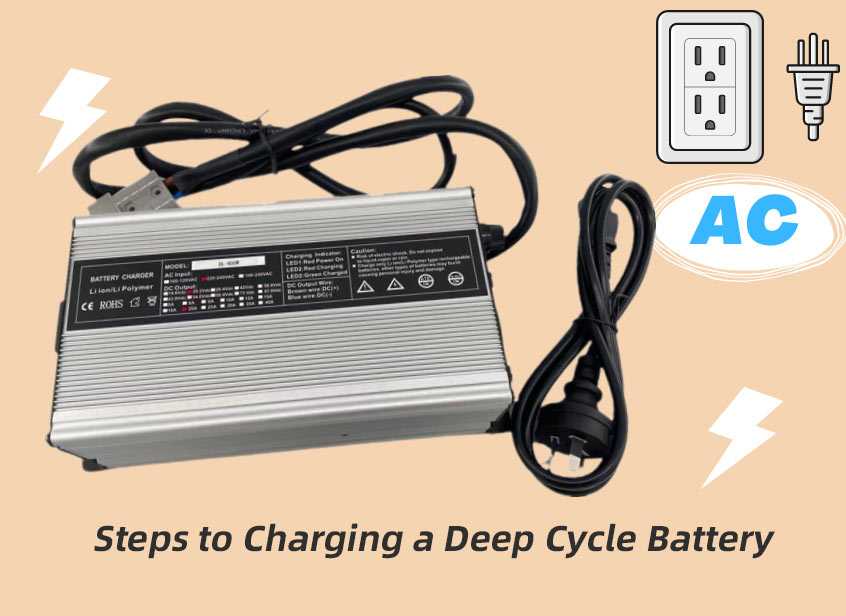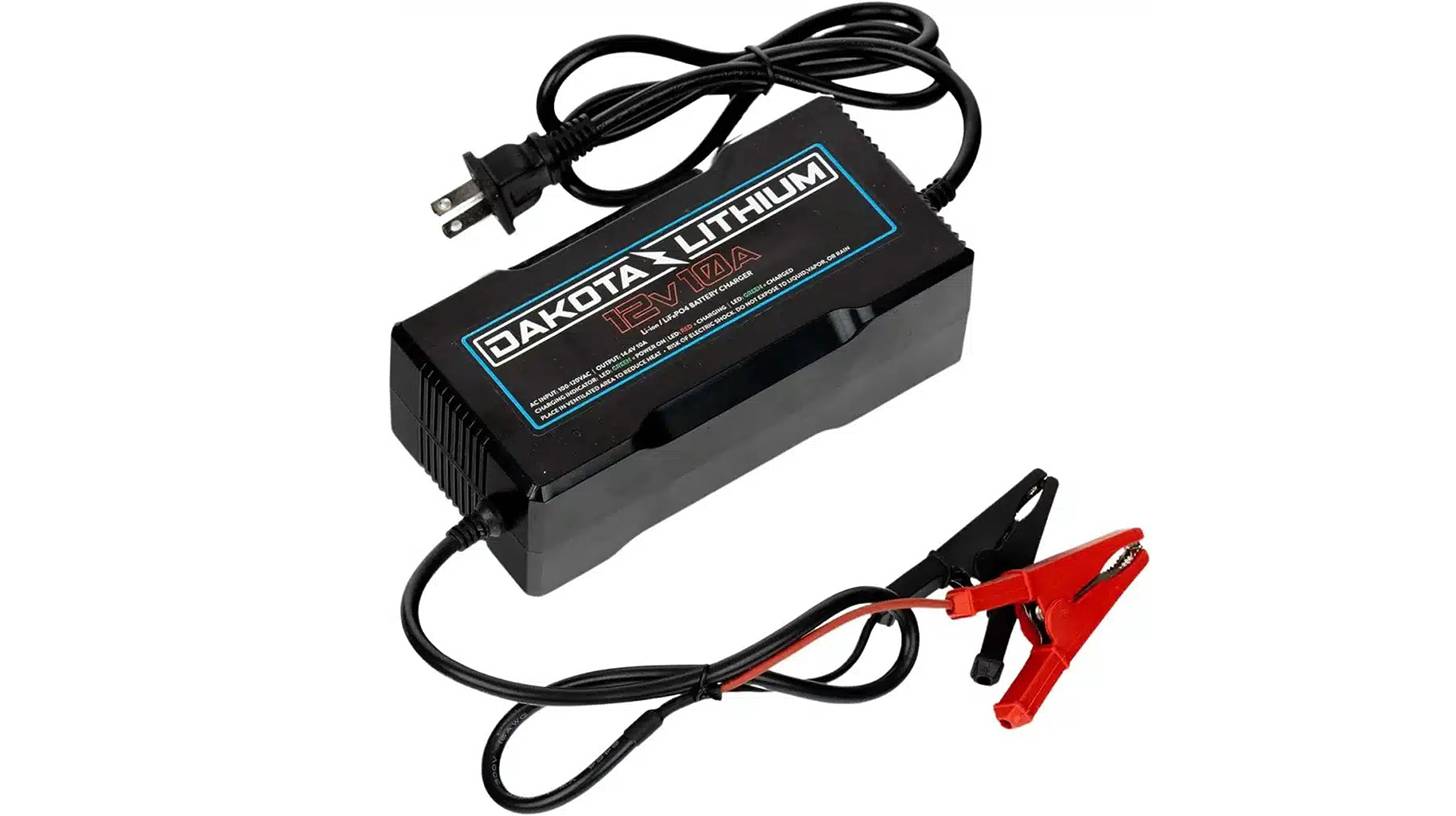Ready to boost your knowledge on deep cycle batteries? Discover the essentials of charging these vital energy sources for your off-grid endeavors, whether you’re into camping, boating, or maintaining a backup power system. Buckle up and dive into this electrifying topic!
What is a Deep Cycle Battery?
Deep cycle batteries are a specialized power source designed for sustained energy in various applications. Here’s a concise breakdown:
- Extended Power Output: Unlike car batteries for short bursts of high power, deep cycle batteries provide a steady and consistent flow of energy, making them suitable for RVs, boats, golf carts, solar systems, and off-grid uses.
- Durable Construction: Deep cycle batteries feature thicker plates made from robust materials like lead-acid or lithium-ion. This design enables them to endure frequent charging and discharging cycles without losing capacity.
- Efficient Energy Storage: With the ability to be deeply discharged and recharged multiple times, deep cycle batteries efficiently store large amounts of electrical charge while maintaining a stable voltage output. This reliability makes them ideal for various applications, from powering appliances to marine vessel propulsion systems.
In summary, deep cycle batteries offer versatility and durability for long-term use in demanding applications, ensuring a reliable power supply for extended periods. Understanding their specialized design aids in making informed decisions for proper charging and maintenance.

Different Types of Deep Cycle Batteries
When it comes to deep cycle batteries, various types cater to specific needs. Here’s a concise breakdown:
- Flooded Lead Acid Batteries: Traditional and widely used, these batteries have a liquid electrolyte, requiring regular maintenance to check water levels.
- Gel Batteries: Utilizing a gel electrolyte, these batteries are spill-proof and maintenance-free, making them ideal for safety-focused applications.
- AGM Batteries: Absorbent Glass Mat (AGM) batteries use fiberglass mats, making them sealed and maintenance-free. Known for high performance and rapid charge/discharge rates.
- Lithium-ion Batteries: The latest technology, lithium-ion batteries offer higher energy density, longer lifespan, lightweight design, and faster charging compared to other types.
In summary, carefully consider your power requirements and application when choosing a deep cycle battery, as each type is tailored to specific needs.
Why is It Important to Properly Charge a Deep Cycle Battery?
Properly charging a deep cycle battery is vital for optimal performance and longevity. Here’s a concise guide:
- Maximizing Capacity: Proper charging ensures your deep cycle battery reaches its maximum capacity, providing more power when needed. It also prevents sulfation, a damaging process that occurs during prolonged partial discharge.
- Prolonging Battery Life: Following manufacturer recommendations and using an appropriate charger helps avoid overcharging or undercharging, both of which can harm internal components and reduce the battery’s overall lifespan.
- Maintaining Efficiency: Correct charging techniques support optimal efficiency by allowing deep cycle batteries to complete full discharge cycles without memory effects. This helps maintain consistent charge-holding ability over time.
In summary, understanding how to properly charge your deep cycle battery is crucial for maximizing its performance. Following guidelines and avoiding common charging mistakes ensures reliable power whenever you need it.
Steps to Charging a Deep Cycle Battery
Charging a deep cycle battery correctly is essential for optimal performance. Here’s a straightforward guide:
- Check State of Charge: Use a voltmeter or battery monitor to assess your deep cycle battery’s voltage level before charging.
- Choose the Right Charger: Select a charger specifically designed for deep cycle batteries with adequate amperage capacity.
- Connect Securely: Ensure secure and proper connections. Connect the positive charger terminal to the positive battery terminal and do the same for the negative terminals.
- Set Charging Parameters: Adjust charger settings per manufacturer guidelines, considering voltage limits and charging rate.
- Monitor Charging: Keep a close eye on the charging process, watching for any unusual heat or excessive bubbling that could indicate issues with the charger or battery.
- Disconnect at Full Charge: Disconnect the battery from the charger promptly when it reaches around 80-90% capacity to prevent overcharging and potential damage.
Always consult manufacturer instructions for specific charging requirements for your type of deep cycle battery.

Common Mistakes to Avoid When Charging a Deep Cycle Battery
Charging a deep cycle battery requires care to avoid common mistakes that could reduce its lifespan. Here’s a concise guide:
- Avoid Overcharging: Overcharging, while intuitive, can be harmful. It causes excessive heat and electrolyte loss, reducing the battery’s overall capacity. Disconnect promptly when the battery reaches around 80-90% capacity.
- Prevent Undercharging: Undercharging, or not fully replenishing the charge after use, leads to sulfation. This buildup of sulfur crystals on the plates diminishes the battery’s charge-holding ability over time.
- Use Correct Charger and Method: Deep cycle batteries need specific chargers designed for their characteristics. Using standard automotive chargers or improper techniques can result in inadequate charging or irreversible damage.
- Prioritize Maintenance: Regularly check and clean terminals, ensure proper ventilation, and maintain appropriate temperature conditions to extend the deep cycle battery’s longevity.
- Heed Warning Signs: If you notice unusual odors, leaking fluids, or bulging cases during charging, stop immediately and seek professional assistance to prevent serious consequences.
By steering clear of these common mistakes, you’ll ensure optimal performance and maximize the lifespan of your deep cycle battery for reliable power supply.
Maintenance Tips for Long-Lasting Battery Life
Ensuring your deep cycle battery’s longevity involves simple maintenance tips. Here’s a concise guide:
- Check Water Levels Regularly: Deep cycle batteries may need distilled water regularly. Check levels monthly, add water if needed, but avoid overfilling.
- Keep Terminals Clean: Combat corrosion by regularly cleaning terminals with a baking soda-water mixture or approved cleaner to maintain efficient electricity conduction.
- Avoid Deep Discharges: To preserve battery life, refrain from deep discharges below 50% capacity. Consider a voltage monitor or devices with automatic shutoff to prevent excessive discharge.
- Proper Storage: Before extended periods of non-use, fully charge the battery and store it in a cool, dry place away from sunlight.
- Temperature Protection: Shield the battery from extreme temperatures as high heat accelerates self-discharge, and freezing conditions can harm internal components.
Consistent adherence to these tips will significantly extend the life of your deep cycle battery, ensuring a reliable and lasting investment. Always refer to manufacturer guidelines for specific charging requirements.
2023 Top 10 manufacturer of Deep Cycle Lithium batteries
Redway Deep Cycle Lithium batteries proudly hold prestigious certifications such as UL1973, UL2580, and IEC62133, ensuring compliance with both US and international transportation regulations across air, ground, marine, and train travel. Additionally, specific models have obtained industrial certification under ISO 9001:2015 and ISO 14001:2015. Redway offers customized solutions to fulfill unique requirements, providing tailoring options for Deep Cycle lithium-ion batteries and raw materials. We embrace OEM/ODM, enabling the incorporation of your logo or brand name onto the battery body. Click to find more about Redway Deep Cycle Lithium batteries.




